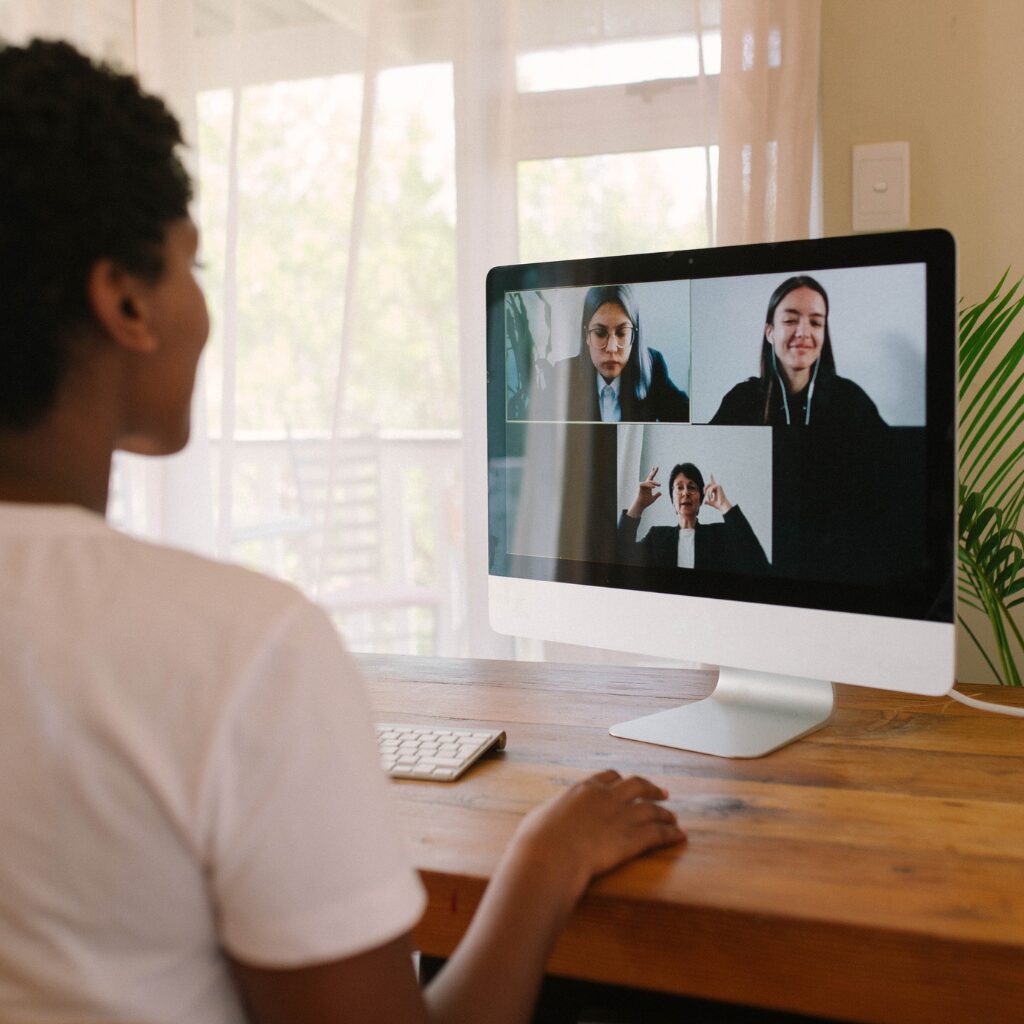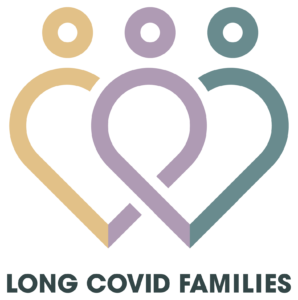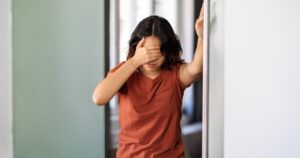
When Research Missed What Many Families Saw
Many of the first pediatric studies started with adult symptom lists and checked whether children had them. What those studies did not do was ask if children might have different symptoms of their own. That left parts of pediatric Long COVID invisible, and children risked being left behind.
That gap pushed families to speak up. On Zoom, a small group of parents began comparing what their children were living with. Rashes. Debilitating stomach pain. Panic attacks. They spoke with the urgency of people who knew something important was being overlooked. These were experiences no study had fully captured.
In the medical journals, the lists were shorter. Fatigue. Cough. Headache. None of the other symptoms, the ones parents saw every day, appeared on the page. Research had not named them yet, but parents had.
That gap was not just a mismatch. It meant thousands of children risked being overlooked.
This difference, what parents knew and what the data showed, would shape everything that came next.
The RECOVER Study and Pediatric Long COVID
The first wave of pediatric Long COVID research followed a simple assumption: children would experience the illness the same way adults did. Those early studies measured children against adult symptoms, missing what was unique to kids.
From hundreds of conversations, a clearer picture emerged. Parents told us their children had:
changes in mood
trouble sleeping
appetite changes
slowed growth
trouble keeping up in school
and more
Early studies did not capture the full reality for children. That gap is part of why Long Covid Families was founded, the only nonprofit in the United States dedicated to pediatric Long COVID.
The NIH-funded RECOVER Initiative pediatric cohort, with nearly 15,000 children enrolled across the United States, is by far the largest study of its kind. Long Covid Families holds a voting seat that helps ensure children’s lived experiences shape the research.
From that position we help shape what questions are asked, how studies are set up to capture children’s experiences, how information is collected, and how findings are shared with families. We do this in partnership with caregivers, researchers, and clinicians who bring their own essential expertise.
Progress comes through this broader collaboration, and this shared effort is already shifting what science sees about pediatric Long COVID.
What the RECOVER Study Reveals
In the months that followed, RECOVER published findings that shifted the national understanding of pediatric Long COVID. The data confirmed what families had been reporting children do not experience Long COVID the same way adults do.
Key findings included:
Symptoms vary by age.
As many as six million children in the United States may be living with Long COVID.
That scale places pediatric Long COVID among the most common chronic conditions affecting children.
This was a turning point. It provided proof at the highest level of science for what families had been saying for years.
It also showed that pediatric Long COVID is a public health crisis, like other conditions that receive much more research, funding, and medical attention. And it did so with the strength and trust that only a large federally funded study can bring.
This is not just about data. It is about whether a child is believed when they say something is wrong.
The Path Forward for Children with Long COVID
Every pathway to better care begins with research that captures the truth of what children are living.
Through RECOVER, Long Covid Families has helped make sure that pediatric Long COVID is studied through the lens of children’s lived experience. That effort is already shaping the next questions, the next trials, and the next policies.
This means:
More children will be recognized.
More will have a path to diagnosis.
More will have a chance at the medical care and support they need.
For the child whose symptoms once went unnamed, it means being seen. For the parent who has spent months searching for answers, it means being heard. And for every family living with pediatric Long COVID, it means knowing the story of this illness now includes their children.
And now, the science sees them.
But recognition is only the beginning. Research has opened the door, yet families are still left without treatments or care pathways that meet the urgency of this illness. That is where the work turns next.
This is the work you make possible. Together, we are building a future where every child with Long COVID is recognized, studied, and supported in care and education.




